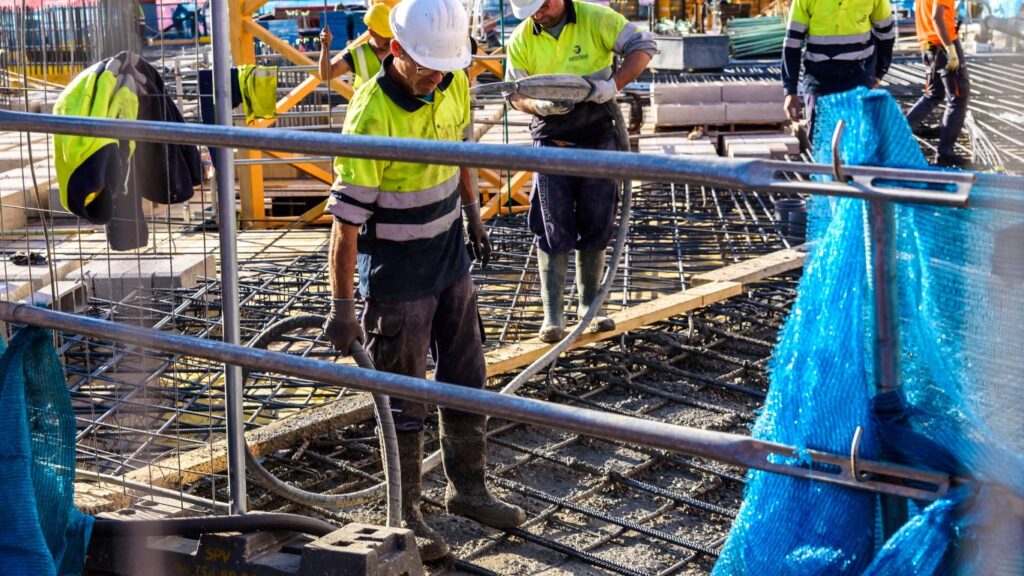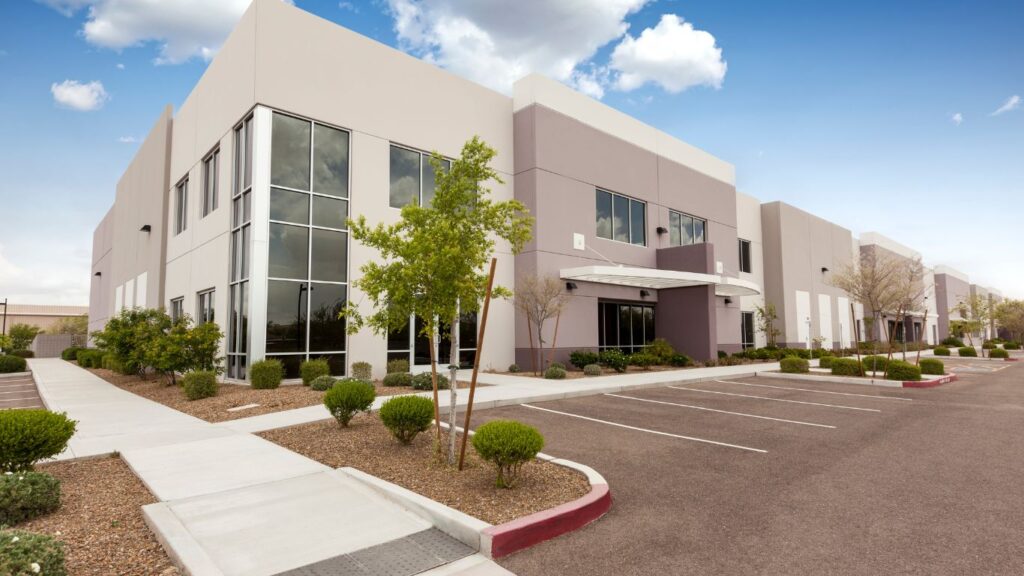Introduction
In the vast landscape of construction, the foundation serves as the bedrock of any structure, ensuring stability and longevity. Raft foundations, in particular, come in various forms, each tailored to specific needs and circumstances. Let’s delve into the diverse world of raft foundations and understand their unique functions. Visit
Traditional Raft Foundation
Traditional raft foundations are a common choice in construction. They involve a solid slab that covers the entire area under a structure, distributing the load uniformly. While cost-effective, the construction process can be labor-intensive. This method proves beneficial in stable soil conditions, ensuring a robust foundation.
Slab-on-Grade Foundation
A variant known as the slab-on-grade foundation is a simplified approach. This involves a single concrete slab laid directly on the ground, eliminating the need for extensive excavation. Popular in regions with mild climates, this foundation type offers simplicity and cost-effectiveness.
Mat Foundation
Mat foundations, also known as raft foundations, are used when the soil is not uniform or when loads are exceptionally heavy. These foundations spread the load over a large area, preventing differential settlement. Careful design considerations are crucial to ensuring optimal performance.
Floating Slab Foundation
Floating slab foundations are suitable for areas with expansive soils. This method involves a slab that ‘floats’ on the soil, allowing it to move without affecting the structure. While ideal for certain situations, it’s essential to weigh the pros and cons carefully.
Slab with Grade Beams
In cases where additional support is needed, a slab with graded beams is employed. This method combines the simplicity of a slab with added reinforcement from beams, enhancing the foundation’s strength. It’s a versatile choice, suitable for various soil conditions.
Frost-Protected Shallow Foundations
Cold climates pose challenges for traditional foundations. Frost-protected shallow foundations address this by incorporating insulation, preventing frost heave. This innovative approach is efficient and cost-effective in regions with freezing temperatures.
Crawlspace Foundation
Crawlspace foundations provide an elevated space below the building, offering accessibility for maintenance and repairs. Ideal for addressing issues in expansive or shifting soils, crawlspace foundations provide a practical solution in specific scenarios.
Piled Raft Foundation
In challenging soil conditions, piled-raft foundations offer a robust solution. By combining piles and a raft, this foundation type provides stability and minimizes settlement. Piled raft foundations are suitable for structures in areas with weak or variable soils.
Ribbed Raft Foundation
Ribbed raft foundations introduce a pattern of reinforced ribs within the slab, enhancing load distribution. This design is particularly useful in expansive soil conditions, offering improved performance compared to traditional raft foundations.
Raft Foundation vs. Other Types
Choosing the right foundation type is crucial for the success of any construction project. A comparative analysis of raft foundations against other types, such as pile foundations or pier foundations, helps in making informed decisions based on specific project requirements.
Sustainable Foundation Practices
In an era of increasing environmental awareness, sustainable foundation practices gain significance. Options like eco-friendly materials and innovative construction techniques not only contribute to a greener planet but also offer long-term benefits in terms of durability and efficiency.
Common Issues and Solutions
Despite the careful planning involved, foundation issues may arise. Addressing challenges like differential settlement or soil movement requires practical solutions. Timely intervention and adherence to best practices can mitigate potential problems, ensuring the foundation’s stability.
Future Trends in Foundation Engineering
As technology evolves, so does the field of foundation engineering. Anticipating future trends, such as advancements in materials and construction methods, provides a glimpse into the industry’s potential. Staying informed about these trends is vital for engineers and builders to adapt to changing landscapes.
Conclusion
In the realm of construction, choosing the right foundation is akin to laying the groundwork for a successful venture. The diverse array of raft foundations caters to specific needs and challenges, offering flexibility and reliability. Understanding the nuances of each type empowers builders and engineers to make informed decisions, ensuring the longevity and stability of structures. Visit
FAQs
-
What is the primary purpose of a raft foundation?
- Raft foundations distribute the load of a structure over a larger area, preventing uneven settlement and ensuring stability.
-
Are there specific situations where piled-raft foundations are recommended?
- Piled raft foundations are ideal in areas with weak or variable soils, providing stability and minimizing settlement issues.
-
How do floating slab foundations accommodate soil movement?
- Floating slab foundations allow the slab to move with the soil, preventing potential damage caused by soil expansion or contraction.
-
What are the key benefits of using sustainable foundation practices?
- Sustainable foundation practices contribute to environmental conservation and offer long-term benefits in terms of durability and efficiency.
-
How can common foundation issues be addressed?
- Common foundation issues can be addressed through timely intervention, adherence to best practices, and implementing practical solutions tailored to the specific challenge.






